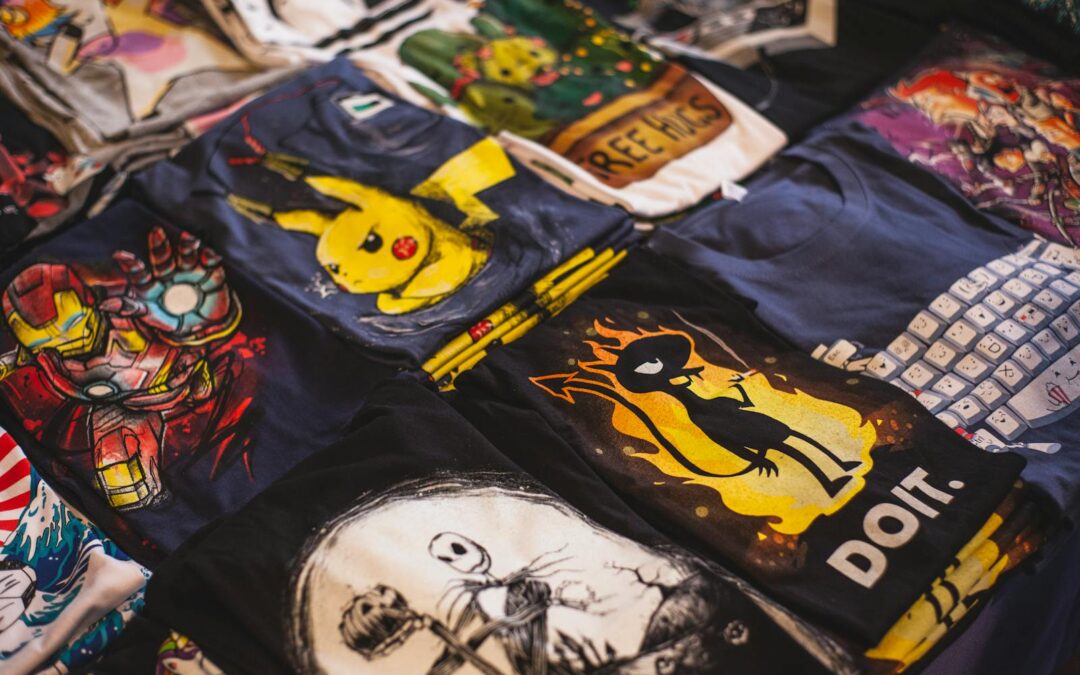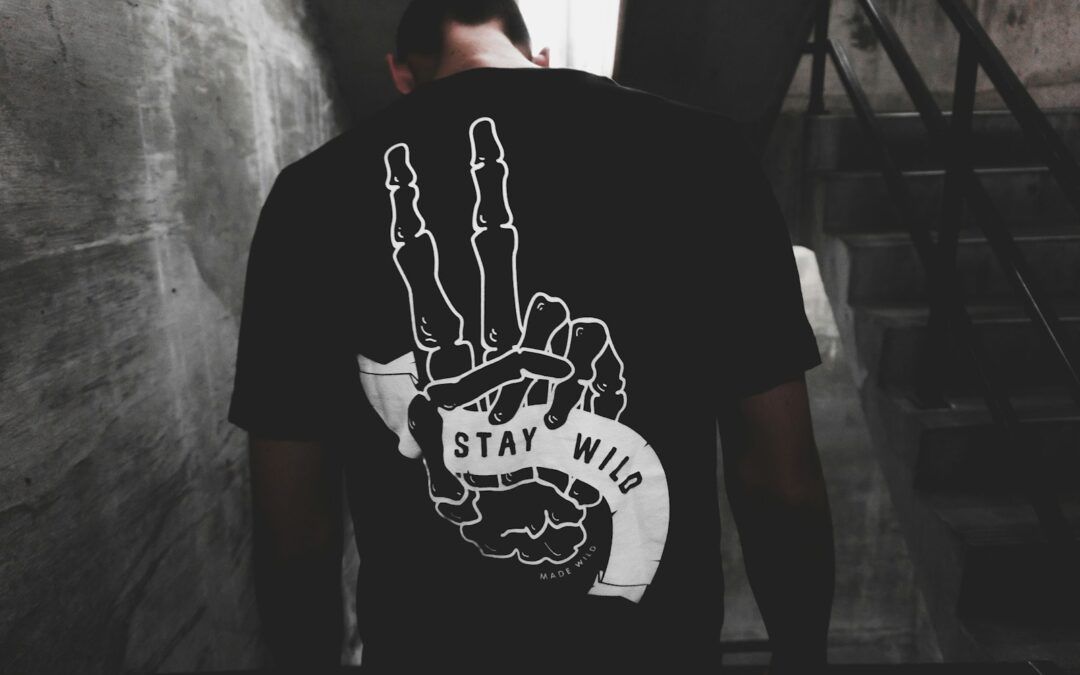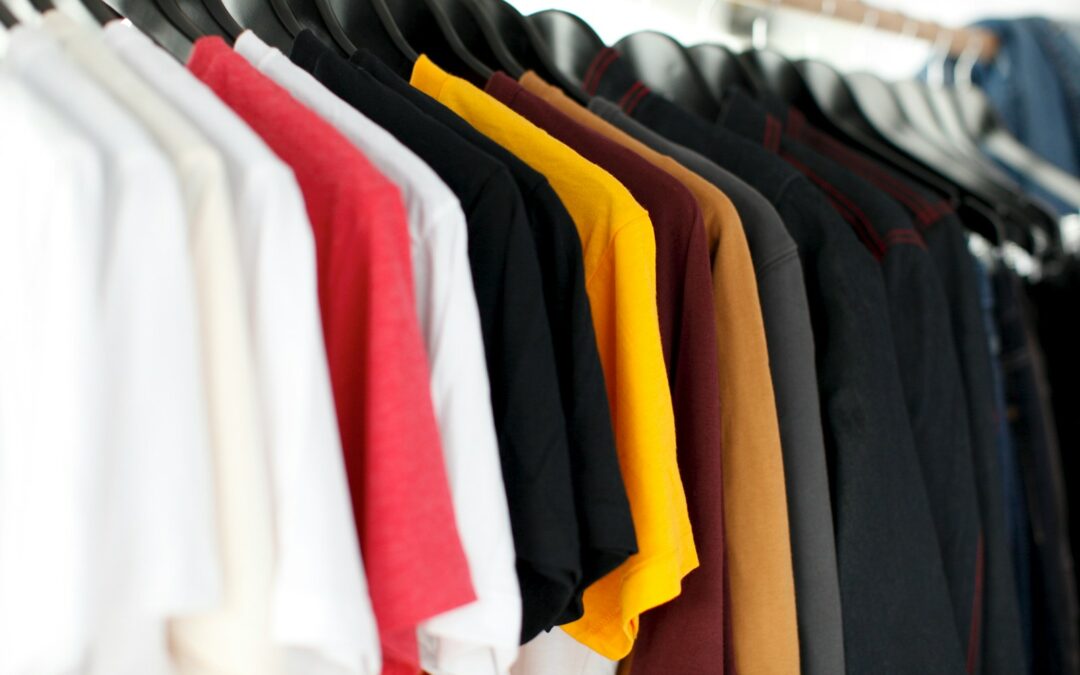DTF vs DTG: Which is the better option for you?
In the colorful world of textile printing, two powerful acronyms have been spurring a quiet revolution. Direct-to-Film printing (DTF) and Direct-to-Garment printing (DTG) are the latest heroes in the print industry’s quest for faster, richer, and more sustainable solutions. These are likely the two most popular printing methods in the industry as of yet.
But as the printing industry now pivots towards eco-friendliness, which printing method truly shines in versatility and environmental stewardship? I argue that DTF stands as a resilient champion against the challenger, DTG.
Numerous industry players now offer versatile and sustainable DTF solutions, but it’s essential to evaluate the two printing methods on such a large investment and broader scale — not just for the vibrancy of colors or the intricacy of designs, but for a global good.
As we traverse this opinion piece, we’ll ponder the economic and ecological implications of these choices and why, in the grand scheme, DTF might hold the superior brush.

Understanding DTF and DTG Printing Methods
Both DTF and DTG are innovations that fall within the digital printing domain. The former, Direct-to-Film, works by printing designs onto a specialized heat transfer film, which is then transferred to the fabric through heat pressing.
Conversely, DTG, or Direct-to-Garment, is inkjet technology that is akin to a paper printer, directly injecting ink into the fabric. The printing process is very different for both printing methods.

The Application Processes of DTF and DTG
The divergent nature of DTF and DTG extends into their application processes, each necessitating specific techniques tailored to their unique mechanisms.
DTF Application Process
The DTF process begins with printing the desired design onto a special transfer film, from a specialized DTF printer. This film is then coated with an adhesive powder, which is crucial for the transfer process. After curing the adhesive (via a heat process), the film is positioned onto the fabric where the design will be transferred.
The final step involves heat pressing the film onto the garment, activating the adhesive and embedding the design into the fabric. Upon cooling, the film is peeled away, leaving behind a vibrant, detailed design. DTF printing methods are the more versatile printing method. DTF printers and inks are also more likely to print vibrant colors.
DTG Application Process
DTG prints operates more straightforwardly by directly applying the ink onto the garment using specialized DTG printers. The DTG printing process the garment to be first pre-treated, a step that ensures the ink’s adhesion and color vibrancy.
After pre-treatment, the fabric is dried and then placed into the DTG printer where the ink binds the design is injected directly into the textile fibers. A final heat press is often employed to cure the ink, securing the design onto the garment.
These processes underscore the technological advancements in textile printing, offering a glimpse into how both DTF and DTG accommodate various design needs and preferences, contributing distinctly to the garment industry’s evolution.

Versatility of DTF Printing
Printing on Varied Materials
With Direct to Film (DTF), the beauty is not just skin-deep; it runs deep into the variety of materials that it can bond with.
Unlike Direct to Garment (DTG), which is confined to cotton garments or cotton-based materials, DTF is a veritable chameleon, adhering to synthetic fabrics, leather, nylon, spandex, and even wood. This versatility unlocks a new canvas for creatives and a wider market for businesses, with durable prints!
Vibrant Color Options
DTF’s color gamut is a spectacle to behold. It displays multiple colors with an unparalleled vibrancy that DTG struggles to replicate consistently. Whether it’s fluorescents, metallics, or neon shades, DTF’s palette doesn’t shy away from the bold.
In a world where first impressions are everything, these dramatic hues can be the difference maker in a competitive market. The vibrant and detailed designs come from the underlying of white ink that make the color vibrancy pop!
Complex Designs and Textures
DTF defies the odds, allowing for complex designs and even textures to be printed. This isn’t just about standing out; it’s about storytelling. Businesses can craft narratives on garments that intersect with emotions, fostering stronger connections with their audience.

Sustainability Factors
Reduced Water Consumption
The digital solvent used less ink in DTF is substantially lower in volume than the water-based inks of DTG, which demand rigorous washing post-printing.
In fact, DTF’s pigment load is significantly less, altering the landscape of water waste in textile printing.
Eco-Friendly Ink Options
Many DTF printing solutions boast environmentally-friendly ink options. From being non-toxic to offering biodegradable inks, DTF commitments to the environment aren’t just words — they’re printed on the fabric.
Longevity of Prints
With DTF prints, the design is part and parcel of the film, the separation anxiety for colors is a non-starter. This marriage of design and film delivers longevity high quality prints that surpasses the wash tests of DTG.
The longevity open not only a realm of print quality and assurance but also reduces the frequency of reprints, cutting down on material and energy waste.

Comparison With DTG Printing
DTF holds its own against DTG in several notable ways. Although both excel in different environments, when pitted against each other, DTF often offers a more versatile and sustainable profile.
Limitations of DTG
DTG, while efficient on cotton, falters when presented with others such dark fabrics suchas polyester. It struggles with dye migration on polyester and nylon, which are commonly used in sports and events wear.
Additionally, DTG’s adeptness with intricate designs doesn’t rival DTF, which handles fine details with more crispness and clarity.
Environmental Impact Comparison
When one zooms out and peers into the environmental footprint screen printing, DTF’s use of less water, minimal waste, and eco-friendly inks paint a benign picture.
In contrast, while DTG does reduce dye pigments in waters, it doesn’t rid the process of the issue entirely.

Personal Stance: Why DTF Wins
From my vantage point, the narrative unfolds favorably for the DTF print itself. DTF printing requires the capacity to print on diverse natural fabrics, harmony with complex designs, and commitment to sustainability tilt the scales in its favor, whereas DTG printing doesn’t.
Ignoring its potential would be a disservice not only to businesses seeking growth in production costs and efficiency but also to the consumers who deserve a garment industry that echoes the conscience of its times.
Choosing DTF transfers over DTG can be likened to investing in durability and versatility for the future of textile printing. The crux of DTF’s superiority lies in its ability to maintain the vibrancy and integrity of designs over a plethora of washes and uses, making it a stalwart in the realm of fabric prints.
Whereas DTG might show wear or fade over time, especially on challenging fabrics, DTF prints embed deeply into the textile, ensuring that designs don’t just live on the surface but become part of the fabric itself.
This longevity translates into fewer replacements and thus, less waste, embodying a sustainable practice that resonates with the eco-conscious ethos of modern consumers.
In addition, DTF’s adaptability across a wide range of fabrics means businesses are not restricted by material limitations, allowing them to expand product lines and cater to a broader audience without compromising on quality.

DTF vs DTG | Why DTF Matters to Businesses and the Environment
DTF empowers them to craft products that speak volumes without shouting down the environment. Its long-term economic benefit through less waste and more efficient use of resources is a tale that burgeoning enterprises should be eager to weave into their story.
Sustainability isn’t a trend; it’s the norm we’ve long ignored. The onus isn’t merely on what we offer as a product but how we produce it.
DTF sets the stage for a sustainable future in textile printing. It’s time we, as creators and consumers, start to give this method of printing equipment the attention it deserves; because in the chronicles of print, DTF may just be the new chapter businesses need to write.

DTF Transfers From Limitless Transfers
Choosing Limitless Transfers for your DTF printing needs is a decision that promises not only quality but also innovation and sustainability at the forefront of textile printing.
Our expertise in handling intricate designs with precision ensures that your vision becomes a wearable reality, be it for personal projects or expansive merchandise lines.
Our commitment to environmental stewardship is demonstrated through our use of eco-friendly inks and processes that significantly reduce water waste, aligning your brand with the values of conscientious consumers.
Additionally, the longevity of our prints means your garments stand the test of time, offering your customers more value and reducing the environmental impact from frequent replacements.
At Limitless Transfers, we’re not just about printing; we’re about crafting lasting impressions and fostering a sustainable future in the textile industry.




